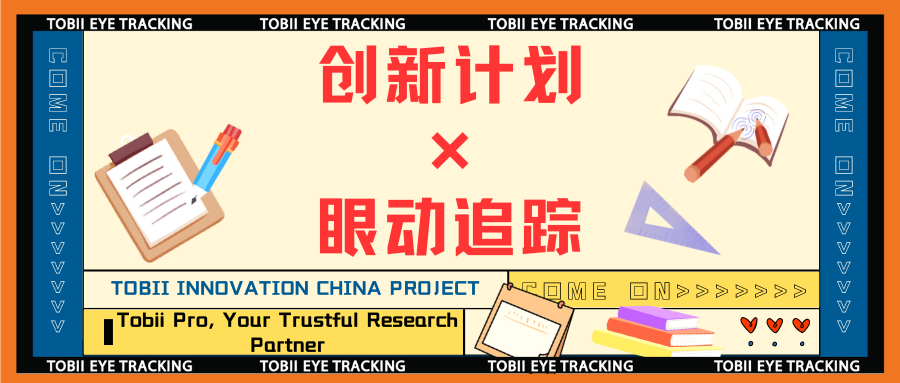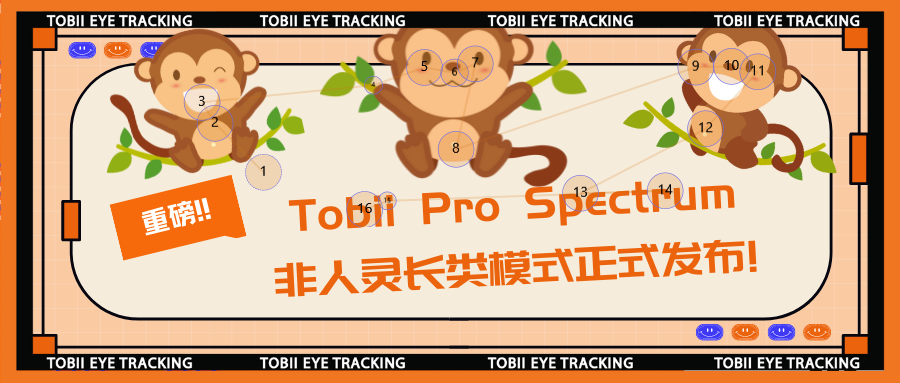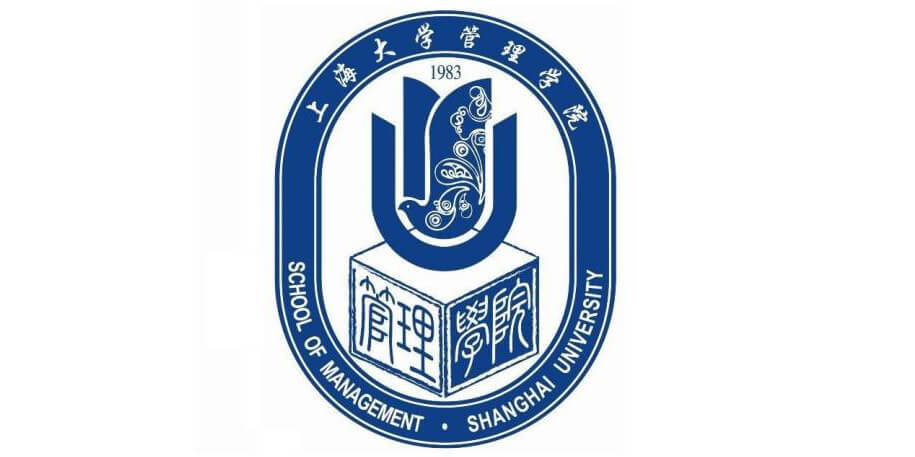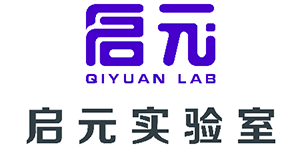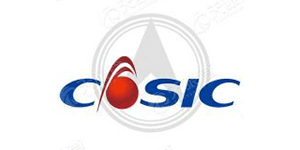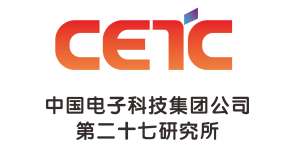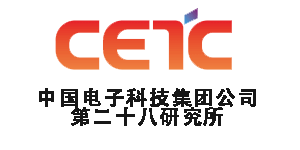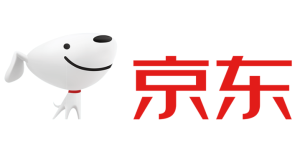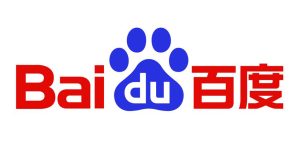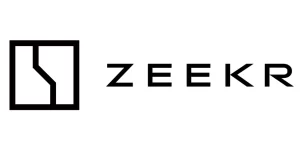Heathrow is using eye-tracking technology to understand how passengers navigate through Terminal 5, in order to make route guidance easier and more efficient in the future.


Flying can be stressful, checking bags, going through security, finding your gate and making sure your arrival time is on time. Passengers have a lot to think about, so for the team at Heathrow, an airport that is easy to navigate and for passengers to manoeuvre is a fundamental requirement for providing a stress-free airport experience. But not only do passengers benefit from intuitive airport routing, with more than 70 million passengers from over 140 different countries passing through Heathrow each year, maintaining a steady flow of traffic through the terminal is vital to avoiding congestion and ensuring flights depart on time.
"We often talk about the voice of the customer, but the view of the customer is equally important."
--Wesley Lang, Research and Insight manager (operations), Heathrow
Heathrow's vision is to provide the best airport service in the world, and with routing being a key element in achieving this, the company wanted to gain strong routing insight to improve logistics, ease congestion and continue to provide its passengers with the best possible flight experience. That means ensuring that airport terminals make sense to the people who pass through them. But how do we figure out what's working and what's not? We talk a lot about listening to the customer, but the customer's perspective is just as important.
At Heathrow Airport, passengers can experience one of the core journeys of arrival, departure or transit. When landing, passengers are directed to the baggage claim area and then to their connecting transport location. When departing, they are directed to check-in, through security and to their gate. And for connecting passengers, they are directed as quickly as possible to the next departing flight. For all three journeys, it is paramount to move passengers to their corresponding destinations as quickly as possible. Terminal congestion inevitably leads to backlogs, delays and large numbers of unhappy passengers. For one of the world's largest and busiest airports, effective routing is a must.
The team at Heathrow wanted to identify the three core journey elements that worked and didn't work. This included pinpointing the moments when passengers hesitate, get confused or lost, and the areas where bottlenecks are most likely to occur. Observing passengers or providing independent questionnaires alone would have yielded only limited insight; to truly understand how people navigate through the airport, Heathrow decided to combine eye-tracking technology with qualitative in-depth interviews.
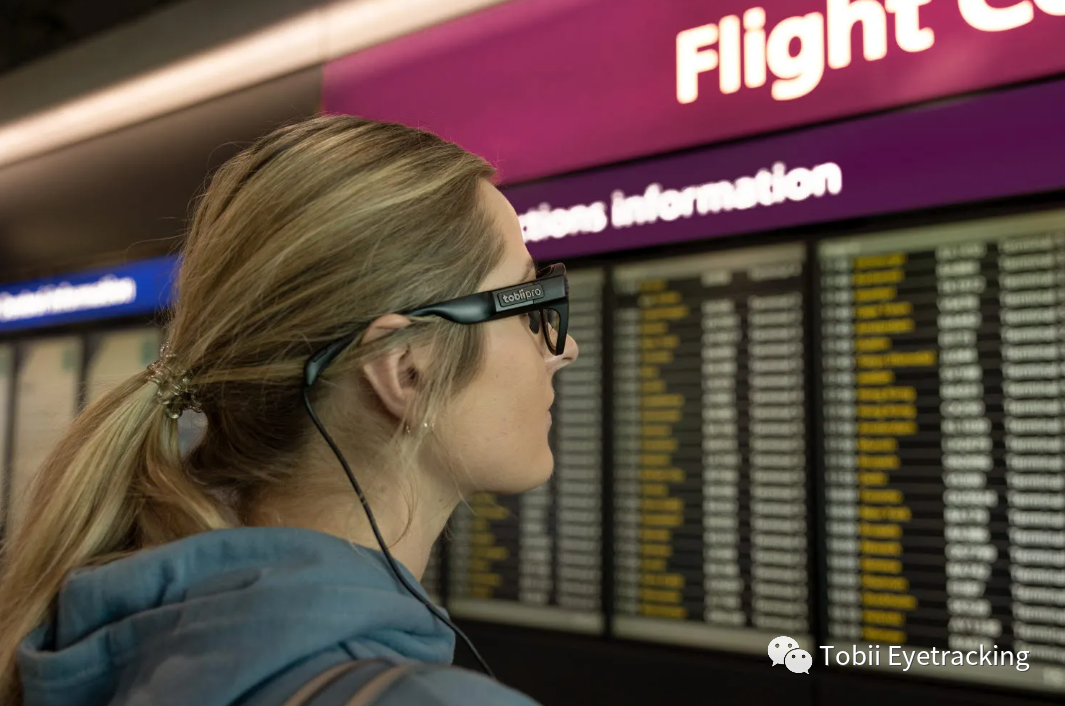

Heathrow Airport partnered with Tobii to answer their key questions about route guidance. To understand passengers' perspectives as they navigate through Terminal 5, the team decided to use Tobii's wearable eye-tracking Tobii Pro Glasses 3. These eye-tracking-enabled glasses record passengers' visual data as they complete one of three core journeys through the airport. Whether they are searching for a gate, looking for an elevator, or finding the right lane at border control, their gaze is recorded by the eye-tracking device.
Heathrow's in-house team worked with the Tobii Insight Services team to provide qualitative context for respondents' eye movement and attention patterns. Real travelers were recruited at the airport to participate in the study. The researchers recorded data on the attention of 108 respondents as they completed different journeys, including departures, arrivals, and transfers. The research team examined the respondents' gaze points in real time while taking notes for follow-up in-depth interviews to target key moments.
"With eye tracking we can pinpoint exactly where passengers face confusion in their journeys and what signage is being ignored or misinterpreted."
--WESLEY LANG, RESEARCH AND INSIGHT MANAGER (OPERATIONS), HEATHROW
During the collaborative process, project teams are able to identify important moments of decision or hesitation. These moments typically occur at transition points in their journey: entering a lobby, exiting an escalator, or when faced with several exit options and potential routes. Attention data during these seconds is critical to understanding what causes confusion, which signs help resolve hesitation, and whether informational signs are being ignored. This information also helps researchers see that signage overload locations can lead to higher cognitive load and additional confusion.


Routine eye tracking was only part of the research project's output. Using participants' eye movement recordings, the project team showed riders their own movement and visual patterns to help them better understand their attentional flow. Attention is often implicit and unconscious, but when respondents were able to see their shifts in attention in visual form, they were able to make inferences from them. By interviewing participants after the study and combining this with their eye-movement recordings, a wealth of qualitative information can be gathered to give meaning to the eye-tracking data.


In this eye-tracking study, the project team gained new insights into how passengers navigate within their travel venue environment. The Heathrow team used eye tracking to analyze the visibility of signage as there had been previous instances where passengers were not correctly directed to the correct elevator. Seeing that respondents were confused by the information presented to them, the Heathrow team now has the perfect equipment to optimise signage to ensure that passengers' long journeys do not end in frustration.
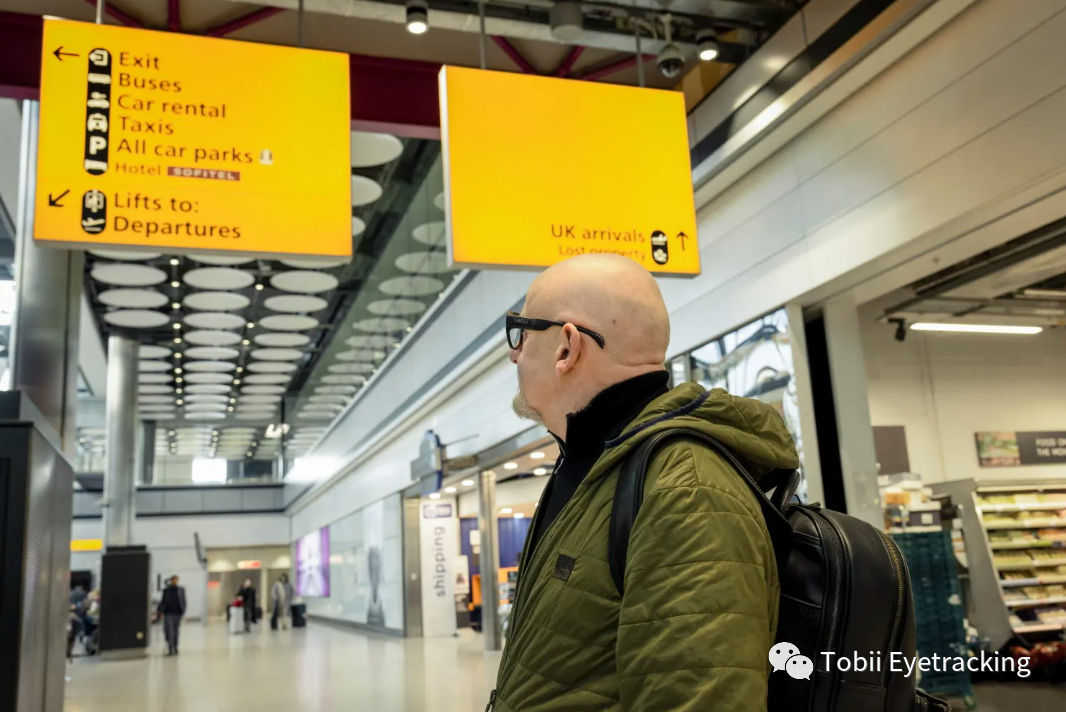

Heathrow has been focused on improving the user experience at its airports. The team is already looking forward to the results of the analysis of the other terminals. Each of Heathrow's terminals is different, with unique travel routes and unforeseen obstacles and bottlenecks. The team at Heathrow has now set up additional eye-tracking studies in the hope of improving the passenger experience.
More related cases:
Munich Airport Enhances Wayfinding Experience with Eye Tracking
https://www.tobii.cn/resource-center/customer-stories/munich-airport-wayfinding-study








This article comes from the WeChat public number: EVERLOYAL

